The Ryujin Katana is a katana crafted with the Soshu Kitae lamination method; this complex construction method has forge-welded a total of seven panels comprising of 1065, T8 and T10 steel into a single blade, with the softer steel forming a shock-absorbing core subsumed within layers of medium and harder steels to give the core a strong, protective layer and a keenly sharp edge.
After the blade was laminated, it was differentially-hardened using the traditional technique of clay application before quenching and tempering, which has resulted in a vibrantly visible hamon line along the edge to indicate where the blade steel was transformed into crystalline-hard martensite steel. Along this edge can also be seen the lamination line which marks the demarcation of the edge and side panels of the lamination. The blade surface was finished with a high level, reflective polish.
The blade tip was fashioned into a geometric yokote with a Chu-Kissaki tip. The habaki and seppa are brass and the tsuba, fuchi and kashira hilt fittings are iron. The tsuba is embellished in cast iron and brass into the form of the great Sea Dragon Ryujin -the Shinto god of the Sea.
The wooden tsuka is inset with panels of rayskin and is finished with a wrap of silk ito that is deep green in hue. Beneath the folds of the ito are hishigami inserts; their careful placement forms the proper shape of the tsuka and further tighten the ito wrap. The saya scabbard of the sword is formed from carved wood and is finished with a textured black lacquer finish and a green sageo cord. Included with the sword is a cloth sword bag.
The great swordsmith Masamune is credited with the perfection of the Soshu-Kitae seven-panel katana lamination. Masamune is often attributed to creating or refining this method of lamination. The Soshu Kitae method, like other lamination forms, has a core of malleable steel, but Soshu Kitae refines the jacketing of this core by introducing panels of reinforcing medium-hardness steel beneath a final exterior of hard steel. This hard steel on the sides and spine acts as an armor for the core and the hard steel used for the edge can be sharpened to a keen, fine edge that resists dulling.
Additional durability was gained when laminating a katana due to the fact that should a panel crack under duress, the damage had a good chance of being contained to that panel, instead of damaging the blade throughout. In such an occurrence the Samurai might have a damaged, but functional blade to see him through the fight, instead of a broken sword in the moment of his greatest need. With the materials and knowledge known to the craftsmen of Japanese swordsmiths in their time, a laminated blade was often the height of their traditional craftsmanship and in many ways superior to unlaminated blades.
However, the great advances in steel refining and precision tempering technology have allowed modern smiths to make swords that outperform what most single-steel katana were materially capable of in Japans feudal age. While laminated katana can be made to be excellent swords, the chasm of benefits gained from laminated and un-laminated katana today are not as great as they once were and now many of the most durable katanas are mono-steel blades.
A laminated katana then is a choice for the Japanese sword art enthusiast or collector who wants to possess a sword created with more authentic methods than most contemporary production katana. It is to possess a blade that houses much of the sword-crafting essence of Japanese swordsmithing tradition which was, at its core, one of the finest expressions of artful utilitarianism; a masterful fusion of function and weighty symbolism.


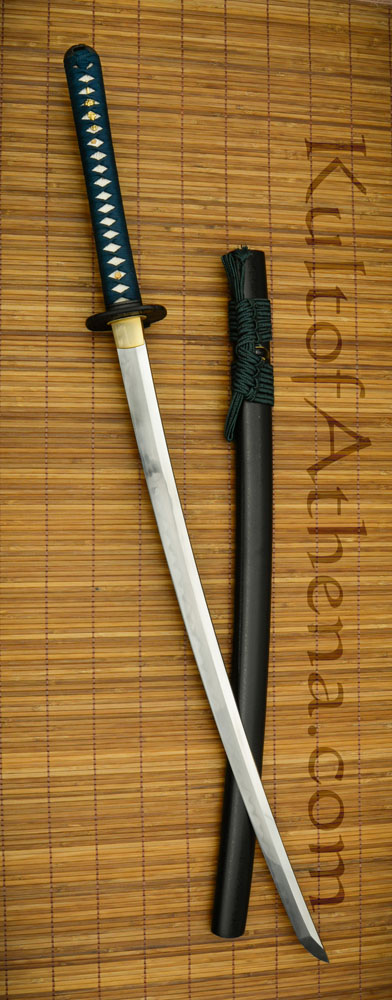



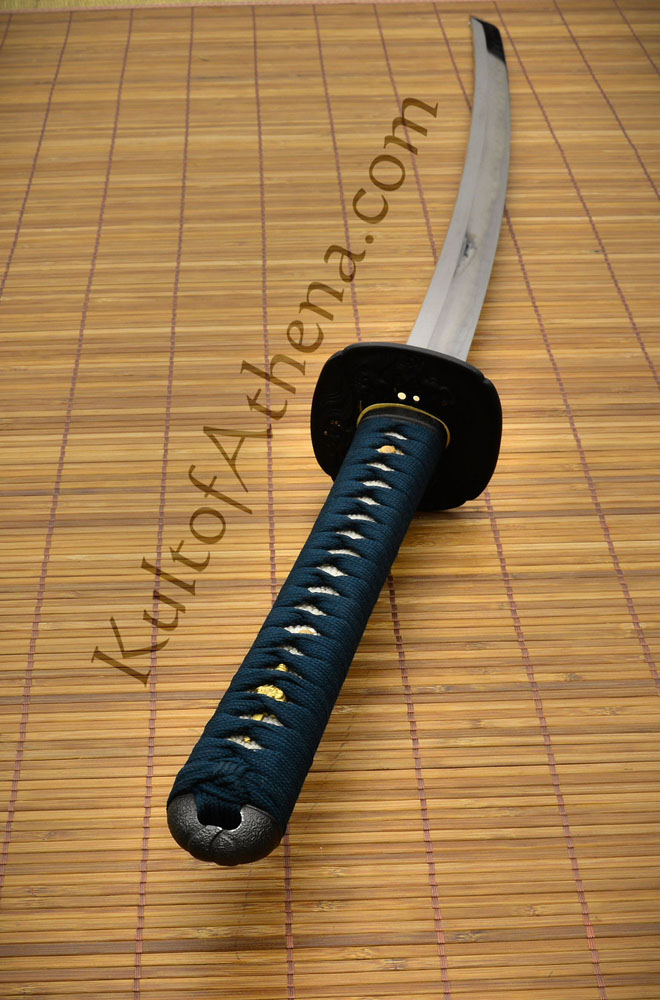

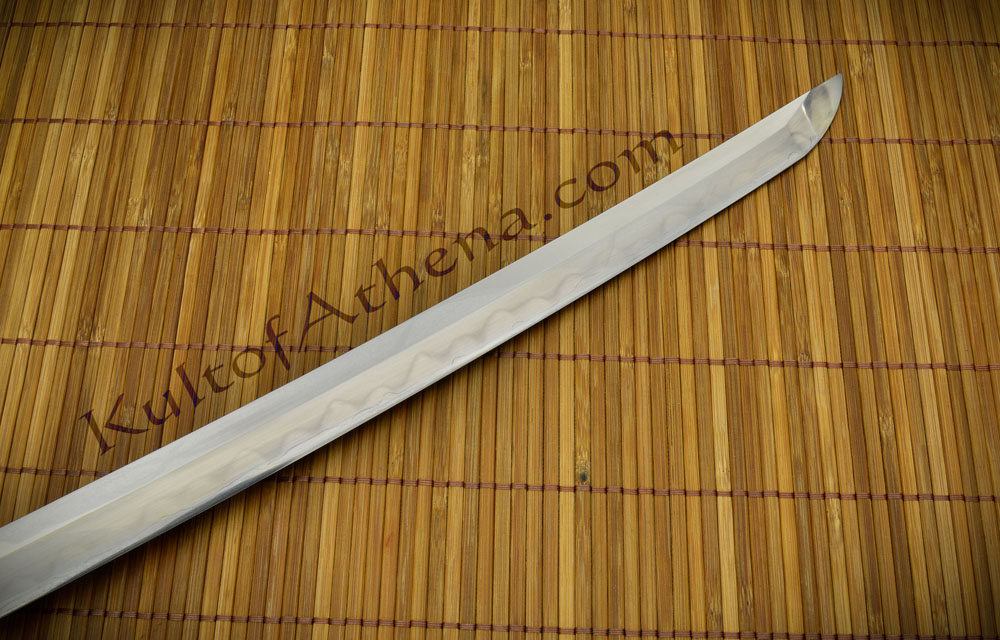
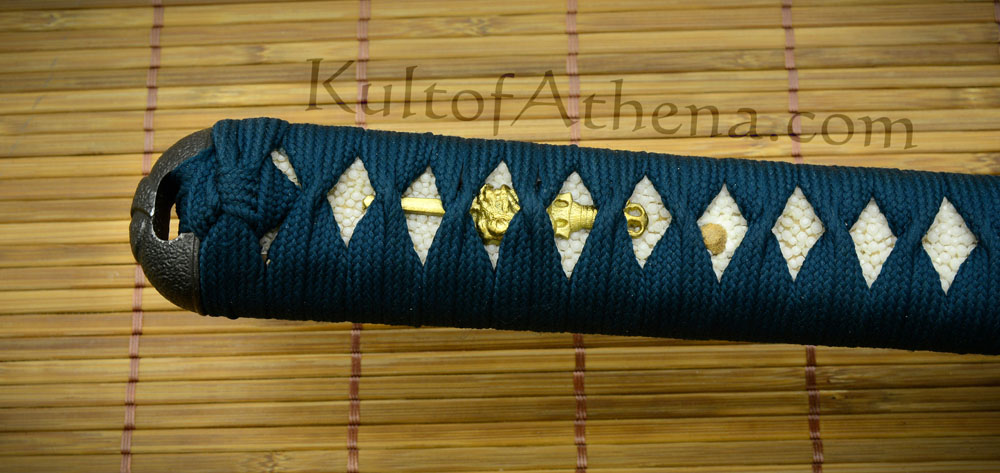
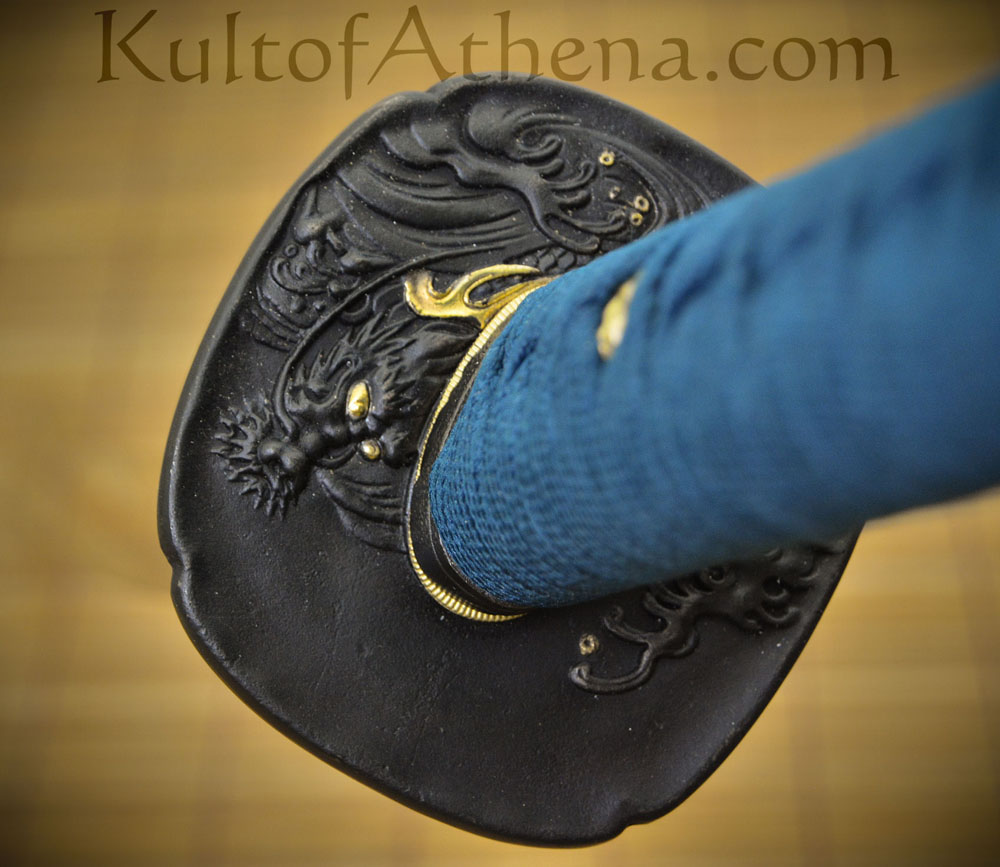
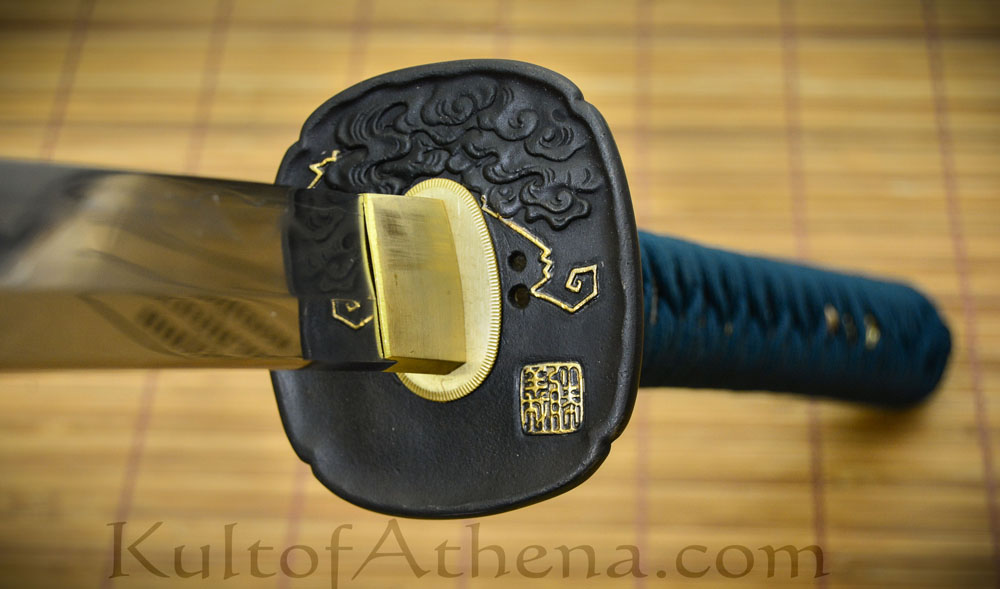
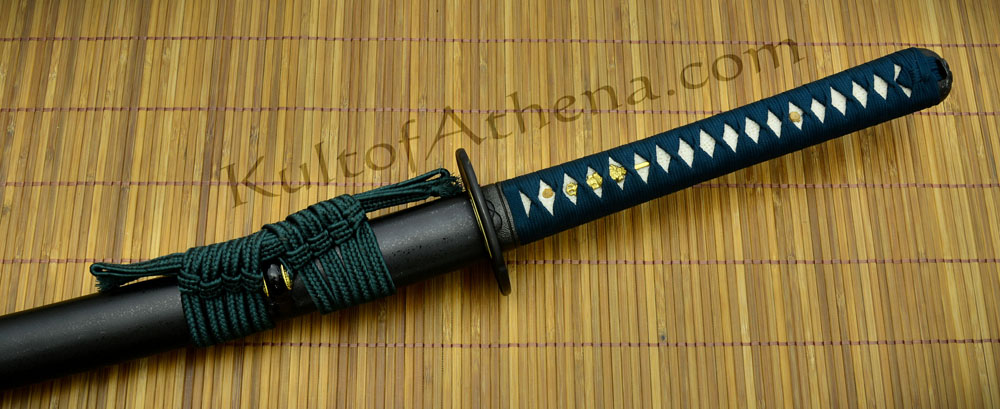
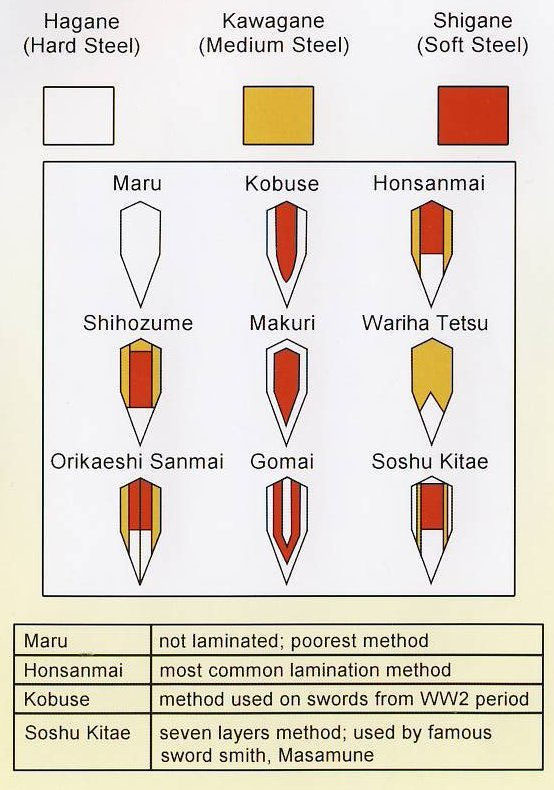
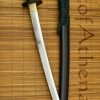

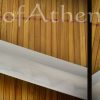
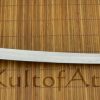
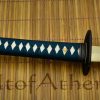
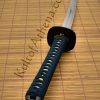
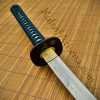
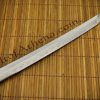
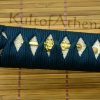
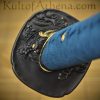


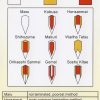
Jeffrey Davidson (verified owner) –
Ryujin katana review.
After buying an Iron Tiger no Orochi t10 katana, I was so happy I bought this Ryujin katana. The most expensive katana I now own. Always wanted a traditional 7 layer laminated blade. I was not disappointed. My Ryujin is perfect.
The blade is absolutely beautiful, ⁹the forging is real, the layers obvious, and with a perfect hamon. The tsuka is well done, same and ito great. No looseness or movement of wrap or blade. I like the dragon motif tsuba also.
Katana fits well in the Saya, no rattle and sits tight. The sword weight is 2lb, 10 Oz by my scale. Balance is good, and can be used with one hand. This, is not a light sword (no bohi) but feels good in hand.
I won’t cut with this katana, might scuff up the perfect blade. I will use my t10 no Orochi model for that, balance feels the same. Thanks KOA for the sale, fast ship, and quality control. Very satisfied customer, and proud owner of a soshu kitae 7 layer katana.